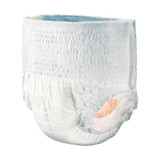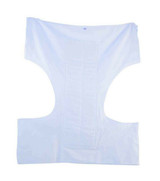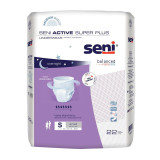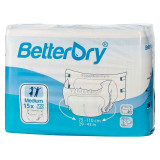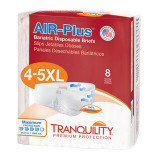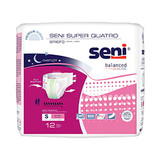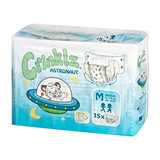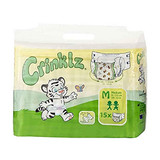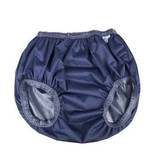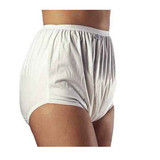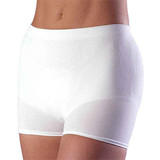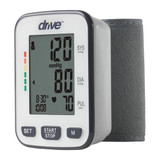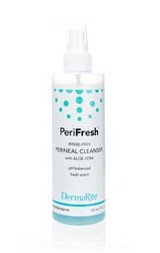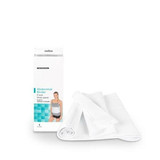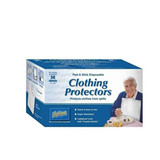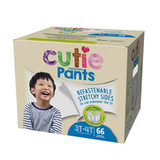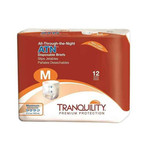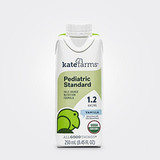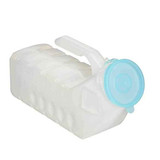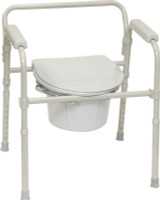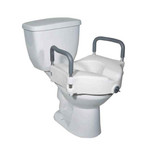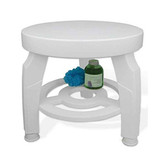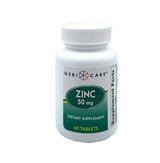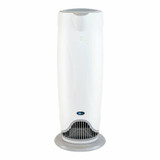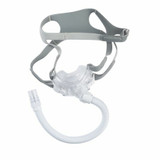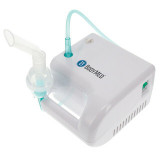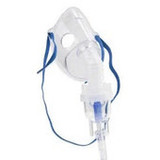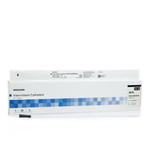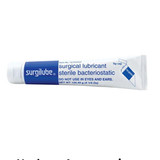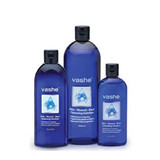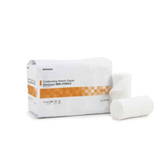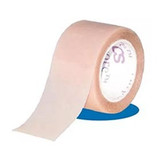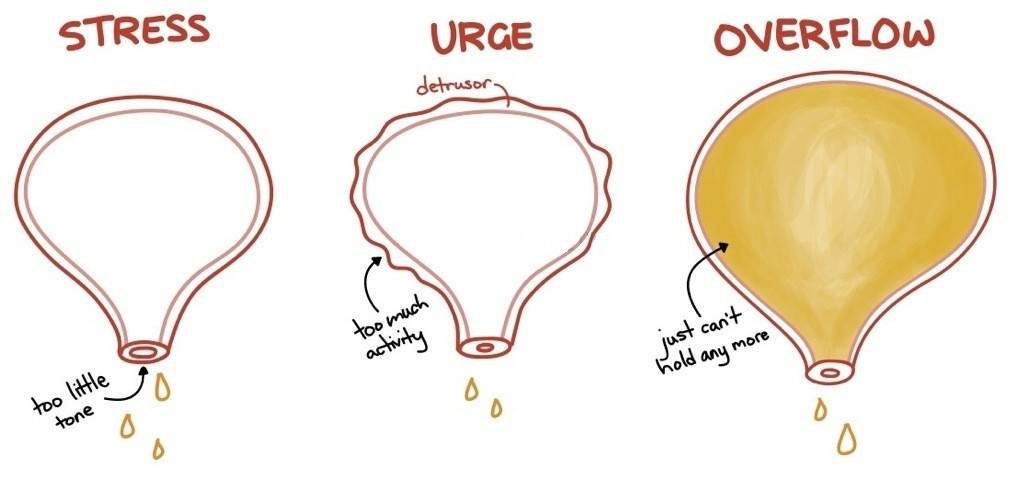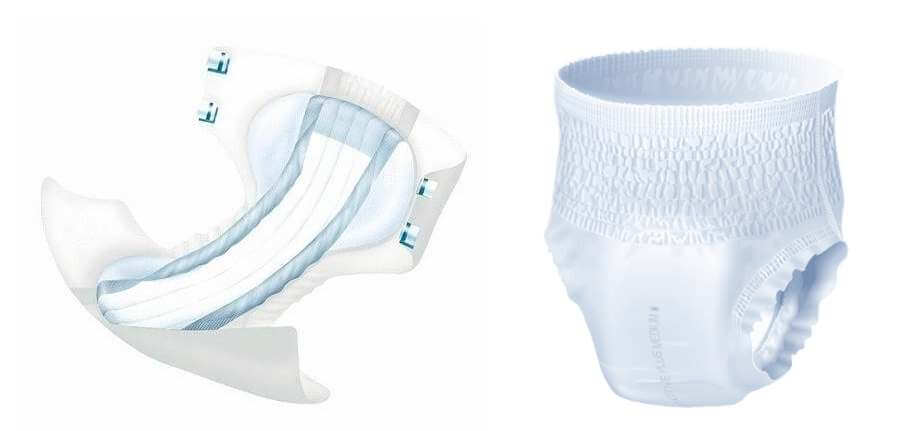
Adult Diapers: Tab Style Briefs vs Pull Ups & Why Knowing the Difference Is Important
The world population is getting older and older. In 1950, less than 6% of the global population was aged 65 years or older. In 2020, that grew to a little over 9%. By 2050, the figure is projected to reach 16%.
Add to that the rate at which the total population has grown. From 1950 until now the world’s population has almost quadrupled. This means, the number of people over 65 has grown from around 150 million to 700 million. Among this demographic, a significant portion will require care at some point.
The cost of professional medical care has also skyrocketed over this period. Estimates vary significantly but can run upwards of $4,000 per month for full-time care at home. Consequently, there is an ever-increasing number of people choosing to look after loved ones themselves to save money.
Becoming a caregiver brings a whole lot of new challenges, not least of which is getting all the right tools and consumables. Adult diapers are probably the most basic and common requirement. This can be a little daunting for a new caregiver. Working through all the options that are available can be quite tricky.
Many people find the topic of aging and caring for the elderly or disabled uncomfortable, and hence there is a lack of open dialogue about adult diapers. Sadly, there is also still a stigma attached to adult diapers which makes many people feel awkward when dealing with the issue.
Most people are unprepared and find it difficult to get relevant and accurate information on the different options out there. Knowing the difference between the types of adult diapers offered can make a huge difference in the comfort and self-confidence of your patient.
Tab Style Briefs
Tab-style diapers (commonly known as adult briefs) are designed very much like baby diapers. They are fastened with one or more tabs on either side. These tabs can be adjusted and refastened to ensure a perfect fit. These styles can come in a range of sizes and absorbency levels. The fit normally looks and feels like a pair of high-waisted briefs.
When to Use Tab Style Brief Diapers
There are several common uses for these types of diapers. Many people use them at night since they are more secure and leakproof than pull-up styles. In general, tab-style diapers are also easier to change because they come off without having to remove shoes or pants. This can make them a better option for public places. It also makes them easier for the caregiver to put on and take off if their patient requires assistance changing their diapers.
Tab-style diapers are usually thicker and more absorbent, so they may be better for patients with heavier incontinence. The liquid capacity of adult briefs ranges from just a cup or two to more than four liters (almost 150 fluid ounces).
Pull-Up Style Diapers
Pull-up style diapers are diapers that are pulled on like underwear. These are generally thinner and more discreet than tab diapers. This makes them better for lighter incontinence cases. If your patient is able to put on and remove their diapers themselves, pull-up style may be a good way to boost their confidence in place of tab-style diapers.
When to Use Pull-Up Style Diapers
Pull-up diapers are good for patients that can help with their own personal care or that have light to moderate incontinence issues. Pull-up style diapers are preferred by many adult patients because they feel like normal underwear and are generally less bulky than tab diapers. This makes them good for use during the day or while out of the house.
Other factors to consider
Lifestyle
Adult diapers allow people to continue a normal lifestyle. There are, however, some differences between the diaper types. Typically, the less bulky pull-up style is more suited to active people. They’re more discreet but they may need to be changed a little more frequently.
On the other hand, patients that are less mobile would benefit from the tab-style briefs. The higher absorbency level means less frequent changing. With the tabs, they’re also adjustable to ensure a snug fit for all shapes and sizes.
In both cases, you can opt for diapers with a cloth-like outer layer. They’re softer to the touch and they’re less prone to the tell-tale rustling sound that plastic usually makes when you move around. These diapers are breathable and allow air to circulate to reduce skin irritation and rashes. The trade-off, though, is they’re not quite as leakproof as the normal plastic backing.
Cost
It’s fair to say that the most expensive option in any product line-up is not necessarily the best one. In selecting an adult diaper, it’s important to look at the type, size and absorbency based on your individual needs and circumstances.
Consider using a combination of different types for daytime or overnight or for going out versus staying in. Buying in bulk or setting up an automatic delivery schedule may also help to reduce the cost if the diapers are required over an extended period.
Some diaper products are reusable. Apart from being a lot more economical over the long term, this is also an environmentally friendly option. Disposable diapers contain a lot of plastic and polymers that aren’t biodegradable. Here, of course, we also have a reduced absorbency which may not meet everyone’s needs.
Final Thoughts
So, there you have it. Choosing between briefs and pull-ups is very much a personal choice and depends on the patient’s unique situation. With so many options on the market it’s really not an easy decision. As a caregiver, knowing the difference between diaper styles, sizes, brands and absorbency levels can make it a little easier.
At LL Medico, we carry several lines of each style of adult diapers. We’ve been in the business of incontinence products for more than 25 years. We know our way around and we’re always ready, willing and able to help you. Call us at 855-422-4556, email us at [email protected] or chat with one of our customer service agents between 9AM and 5PM EST M-F.




